Sometimes we have to deal with domestic problems such as paint in undesirable places.
Let’s say you were painting something and some paint splatters or spilled paint on a nearby plastic object, it looks very unaesthetic and you immediately think “how to remove paint from plastic?”.
In fact, it’s not such an easy task because when you remove the paint you might damage the plastic material. So you need to understand the types of plastic, the types of paint and how to identify them.
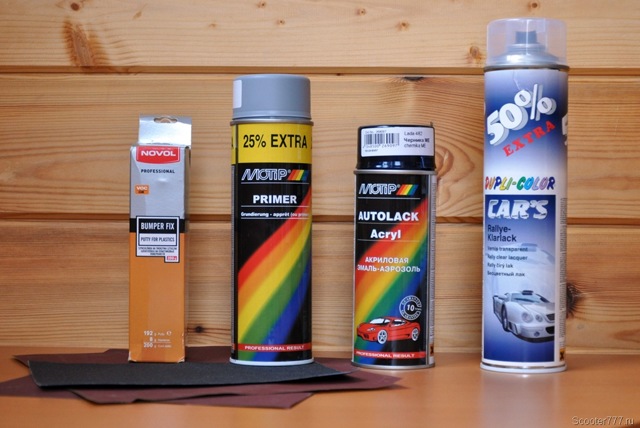
In this article, you will find many effective ways that can be divided into 3 types:
- the use of organic oils;
- the use of different types of alcohol;
- the use of chemicals.
I advise you to pay attention to the methods with soapy water, vegetable oil and distilled vinegar. These methods are effective, but they are the least likely to adversely affect your health and the plastic surface.
Features how to remove paint from plastic
Plastic is a lightweight material, fairly strong and hard-wearing. But if you choose the wrong way to remove the paint, you could damage the product. That’s why it’s important to consider some important points when getting rid of paint pigments. When deciding how to remove the old paint from the plastic, the following points must be taken into consideration:
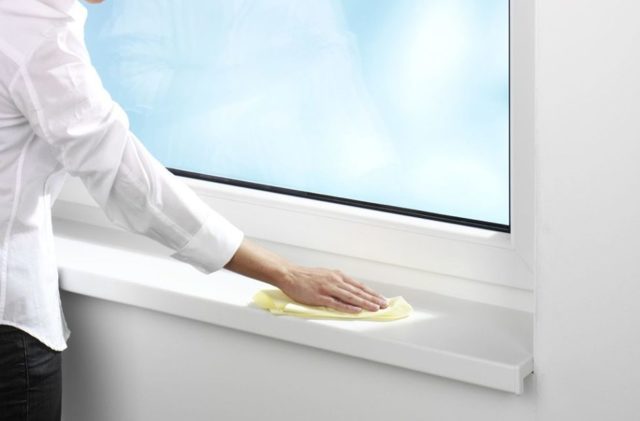
The material is sensitive to strong mechanical influences. Brushes with stiff bristles and compounds with abrasive particles provoke scratches on the surface;
Certain aggressive agents cause the plastic to melt. This has a negative impact on the product’s appearance and performance;
Plastics should not be heated to 80 degrees or more. They immediately lose their strength properties, change their shape and cannot be used further.
The main types of plastics and the purpose of each
Plastic labelling allows you to quickly determine the type of material in order to choose the right one for your tasks, but it is difficult to see the mark on a fully colour plastic surfaces, but you can orientate yourself by the type of product.
:max_bytes(150000):strip_icc()/how-to-strip-paint-from-wood-4685776-9-2cc0f0c0613b459a9112d74c2db87da2.jpg)
The main types of polymers include
PET or PETE (lavsan): It is resistant to water and organic solvents. It is most often used for the production of disposable tableware for cold food and drinks, bottles, packaging bags, and containers for household chemicals.
PVC (polyvinyl chloride): It is resistant to alkalis, most acids and solvents, and mineral oil, but it is adversely affected by UV radiation. It is used to make artificial leather, shoe soles, window and door profiles, blinds, linoleum, etc. In the chemical industry, it is used to create chemical equipment due to its high resistance to various substances.

LDPE (low-density polyethylene): It is used to produce garbage bags, tarpaulins, CDs for recording information, linoleum.
HDPE (high-density polyethylene): Resistant to water, inert to alkalis and acids. It is used to make cling film, balls, plastic bottles, containers for detergents, as well as equipment parts that are not subject to heavy mechanical stress. It is highly recyclable.
PP (polypropylene): It does not have as high a density as the previous type, but it is more resistant to abrasion, temperature and corrosion. Polypropylene is used to make pipes, elements in refrigeration equipment, automotive parts, food containers, children’s toys, syringes, etc.
PS (polystyrene): It is mainly used in construction (sandwich panels, thermal insulation boards), in the manufacture of various equipment, and for the production of food containers.
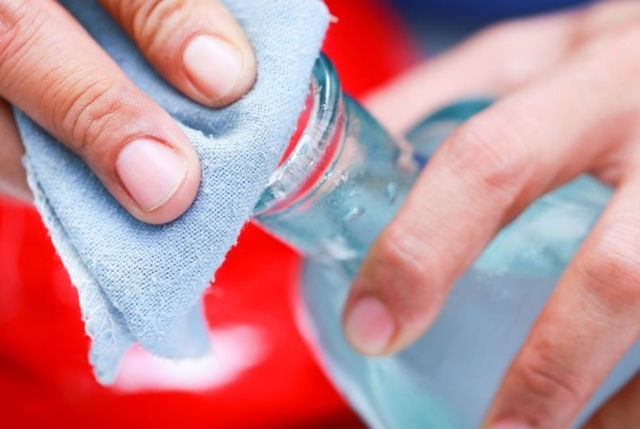
O or OTHER (other types of plastics, usually polycarbonate or polyamide): Products made from such plastics are most commonly used in construction, machine building and the manufacture of equipment or containers for storing non-food substances.
This marking can be seen on all plastic surfaces in the form of a triangle. If no marking is present, the type of plastic can be determined with water: pour water into a basin and immerse the product. “Only polyethylene, polypropylene, polyamide and polystyrene will float. PTFE will sink first, followed by PET/RET and PVC. Once you have determined the type of plastic, you can start choosing a paint stripper. For most surfaces, alcohol solvents and mineral based cleaners (potassium hydroxide solution and others) will work. Brake fluid or petrol can also be used. Silicone sealant or liquid glass can also be used to clean any shapes with hard-to-reach areas.
Types of paints
The method of removing paint from the surface directly depends on the type of paint. Take a responsible approach to the selection of the method, taking into account the type of paint. The methods I will list below are effective for many paints, and are best suited for the following:
- latex paint
- acrylic paint
- oil based paint
- enamel paint
- lead paint
- spray paint
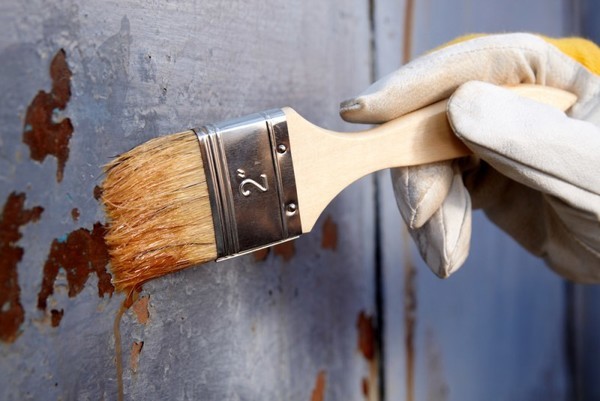
It is very convenient to use spray paint, spray paint is applied in a thinner layer with the right application technique and has a number of other positive aspects.
I’d like to share a lifehack using it you can easily tell if the paint in front of you is latex or oil based paint.
What is the difference between latex paint and oil based paint?
Conduct this experiment in an inconspicuous place and in a small area.
For experiment we need have a paint remover.
Apply a little paint remover to a small area of the painted plastic surface and wait a few minutes.
If the paint starts to stick and dissolve little by little, it’s latex paints, not oil based paints. To remove latex paint you can use more, than just paint remover and rubbing alcohol also work.
If the paint does not dissolve, it is an oil based paints.

Keep in mind that dissolved paints dries very quickly, it can dry faster than it dissolves all the paint on the desired area of the plastic surfaces. Therefore, either add the solvent little by little and keep it liquid, or keep it liquid using vegetable oil.
How do you identify the type of paint?
Depending on this, the necessary preparations will be made. The most common paints are oil and acrylic.
The former is odourless and creates a protective layer on the wall and repels water well. Acrylic soaks into the surface and is odourless and water-repellent.
Rules for removing paint from plastic
- Use glovesIt is essential to protect your hands as you will most likely be working with chemicals. If they come into contact with the skin, the consequences can be dire.
- Work in a well ventilated areaThe harsh chemicals to be handled are quite concentrated and their chemical vapours can lead to poisoning and other consequences. If you are working indoors, take care to ventilate, open windows and doors. It is perfect work near window frames or even outdoor.
- Wear a maskEven in a well ventilated area, a mask is good for your health.
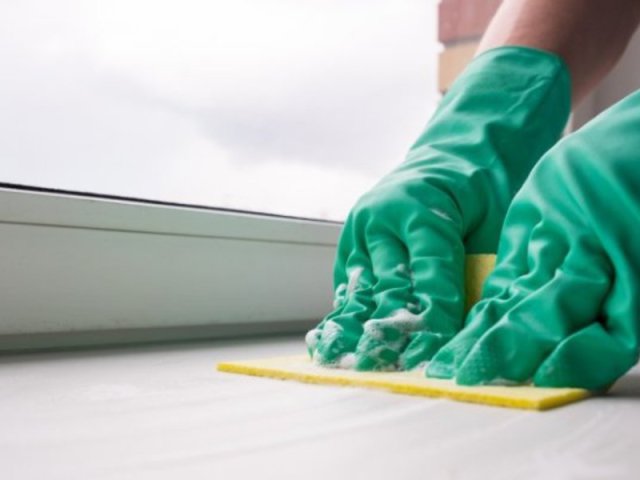
Rules for working with chemicals
This article will describe a lot about working with chemicals, most commonly household chemicals, so I think it is worth reminding you of the rules of how to deal with them.
The basic rules are as follows:
- Before using the product, study its composition carefully;
- Use personal protective equipment – bandages and gloves – when applying chemical products;
- Chemicals must be used only for their intended purpose;
- Chemical products must not be exposed to direct sunlight or naked flames;
- When using household chemicals, recommendations on the dosage and frequency of use are mandatory;
- Chemicals with an expiry date must not be used, as they can cause damage.
Follow the rules and take care of your health!
Methods how to remove paint from plastic surfaces
In this article there will be many ways for removing paint from plastic item, ranging from the simplest and safest to methods using harsh chemicals. I advise you to start with the harmless and easy ones, but if that doesn’t work, then move on to more complicated methods.
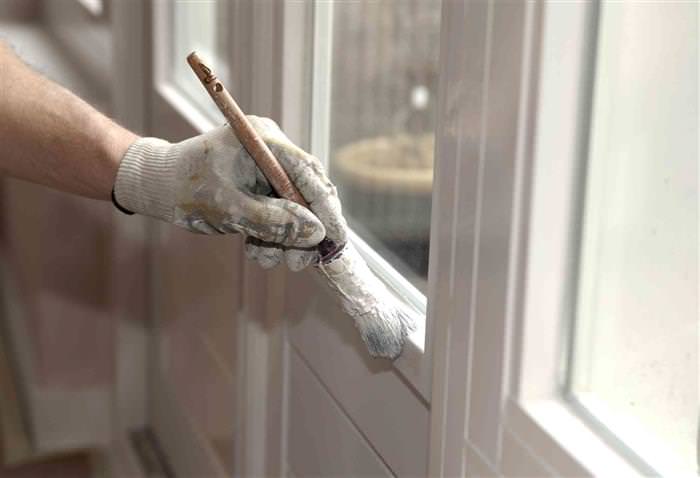
Soapy water
Let’s start with the most basic method: soapy water and a cloth. This method is familiar to everyone and is a good place to start, as it will not harm the plastic in any way, unlike spray removers and other chemicals.
It’s perfect for removing paint from plastic that has not dried, just soak the cloth in soapy water and scrub the surface.
If the paint is dry, soak the object in soapy water before rubbing it with the cloth.
Vegetable oil
Now you may be surprised, but even vegetable oil, which everyone has at home, can remove paint from plastic. Oil based products are completely environmentally friendly product that dissolves paint as well as some chemicals. This method is not suitable for removal of old paint or stubborn paint, but with a fresh copes with hurrah.
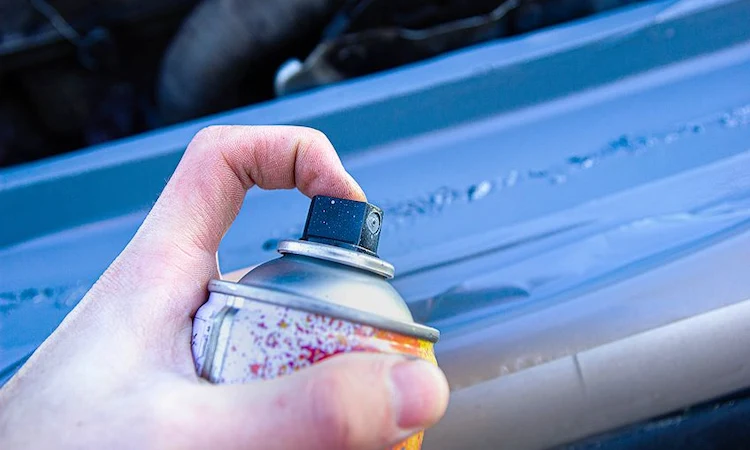
You should moisten a rag with vegetable oil or olive oil and rub the area with the unwanted paint. You will need to rub for a long time because vegetable oil needs some time to dissolve the paint, but as soon as you see that the paint is gone, stop rubbing and wash off the resulting slurry with soap and warm water. One important thing in this method is elbow grease.
Disinfectants
Many wound disinfectants can remove paint from plastic item. This method is completely harmless, but will take a little time.
Soak the plastic surface in a disinfectant and wait 2-4 hours. We can remove paint from plastic with natural bristle brush.
Stripping paint takes much less time if the paint has soaked very well, so keep the plastic in the solution as long as possible.

Household cleaners
One of the easiest methods to strip paint from plastic, but one of the longest, although it doesn’t take much work.
It is necessary to take a household cleaners and sprinkle the entire surface of the plastic that has been pre-moistened with water, then put it in a plastic bag and forget it for a few days. After waiting a few days, the paint should come off and you can remove paint from plastic even without a scraper. This meyjd the best for removing enamel paint from plastic.
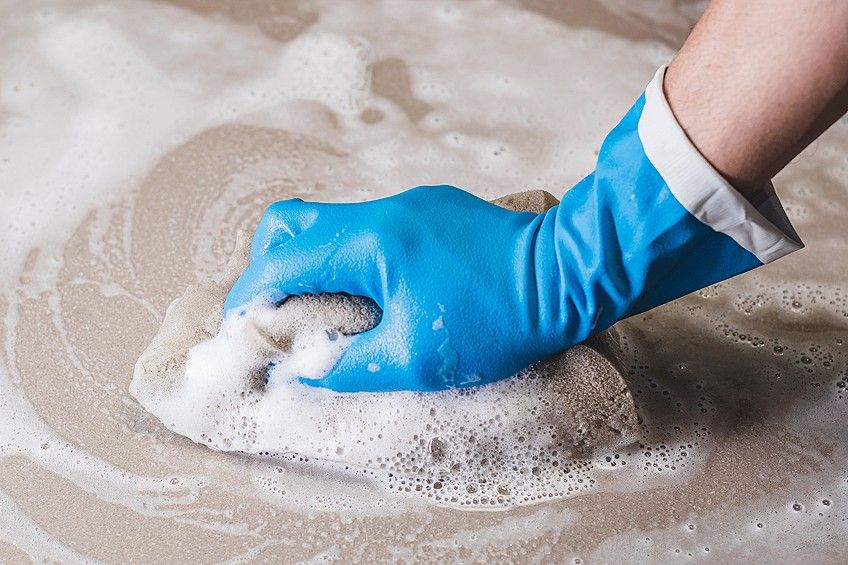
Alternatively use oven cleaner It is very convenient that you can have oven cleaner in your home already.
Distilled vinegar
Another available remedy for removing paint from plastic item is distilled vinegar. Warm up the vinegar, wear thermal gloves to protect your hands, soak a sponge in the warm vinegar and scrub the paint until it comes off completely.
It is important to know that this method works well with latex paints and acrylic paints, but other paints, for example to remove enamel paint you may cause problems. Therefore, if you know for sure that your paint is not suitable for this method, use another method.
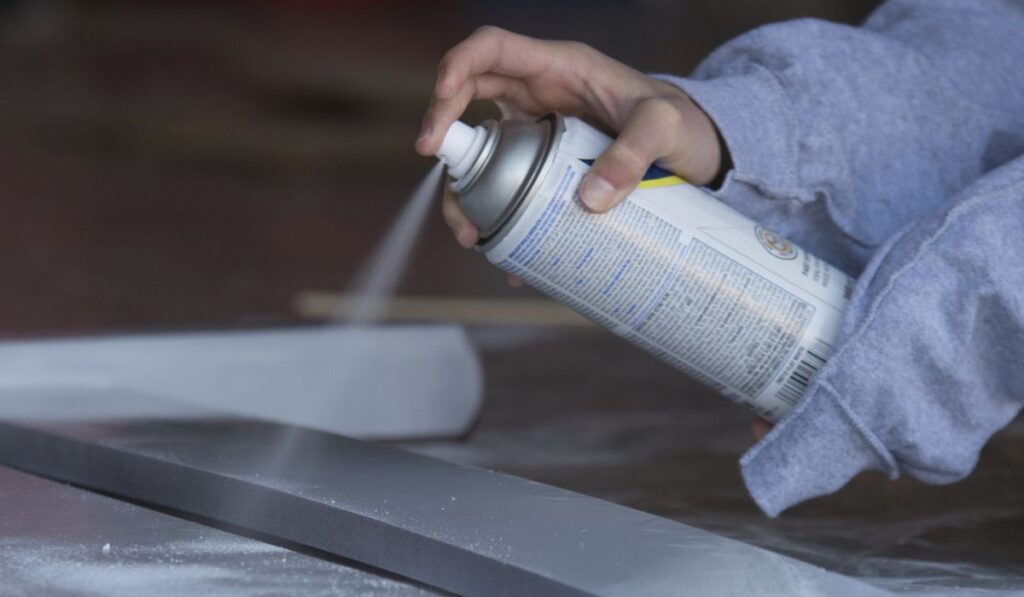
Paint scraper
Use a paint scraper and gently scrape the paint from the plastic item. Do not put too much pressure on the scraper and do not make any sudden movements.
If you are not sure you can handle a metal paints scraper, such as putty knife, buy a plastic scraper as it is much harder to scratch the plastic.
If the paint is difficult to remove from plastic surface, you can soak the dried paint in a soapy solution or in rubbing alcohol and after that to remove paint from plastic will be much easier.
Rubbing alcohol
I have already mentioned rubbing alcohol in other methods about removing paint from plastic, but there it served as an additional substance in which we pre-soaked regular paint or spray paint.
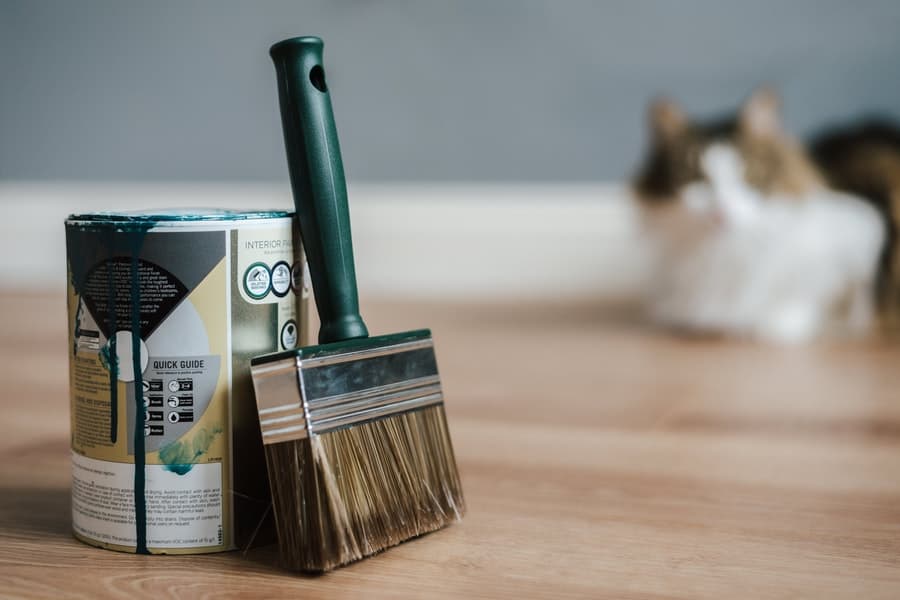
We will now look at rubbing alcohol as the main element for removing paint. Pour some rubbing alcohol on the painted surface, cover it with plastic wrap to create a greenhouse effect and wait about 30 minutes. After this time, simply wipe off the loosened paint with a cloth.
It is very important to use rags made of soften paint, never abrasive material because it can scratch the plastic models.
Denatured alcohol
Denatured alcohol is a little stronger than the previous one, so the technique will be different in that you don’t have to create a greenhouse effect from plastic wrap and wait a very long time to strip paint from plastic.
Just dip the plastic models into the denatured alcohol and wait 5 minutes, then wipe with a cloth, if not, you can scrape it off.

Before using this method, the reaction of the paint and plastic models to the substance must be tested in an inconspicuous area.
Isopropyl alcohol
Accepting paint with isopropyl lcohol can also be used, but it will require a little patience. Soak the plastic object in alcohol and wait 30-40 minutes, then scrape off the paints. This alcohol is less concentrated, so it will take a little longer to remove the paint from the plastic using this method.
Nail polish remover
Apply some paint stripper to plastic models, wait 5-10 minutes and wipe off the dissolved paint or even spray paint with a cloth.
Do not use nail polish remover on colour plastic surface, as they may lose their colour due to paint stripper. It is better to use paint stripper on black plastic or plastic that will be re-coated with paints in the future.

Method with paints stripper for removing paint from plastic is particularly well suited to remove enamel paint, because to remove enamel paint not so easy as it may seems.
Paint remover or mineral spirits
Before removing paint with these agents, a small experiment should be carried out.
Drop a drop of the paint remover or mineral spirits onto an inconspicuous part of the plastic object and watch the reaction.
If nothing happens, feel free to use these remedies with paint remover removing paint from plastic.
Paint thinners
There is no need to tell you how to do it, the technique is the same as in the previous methods. I will just remind you that it is essential to check that the paint thinner is suitable for removing paint from plastic.
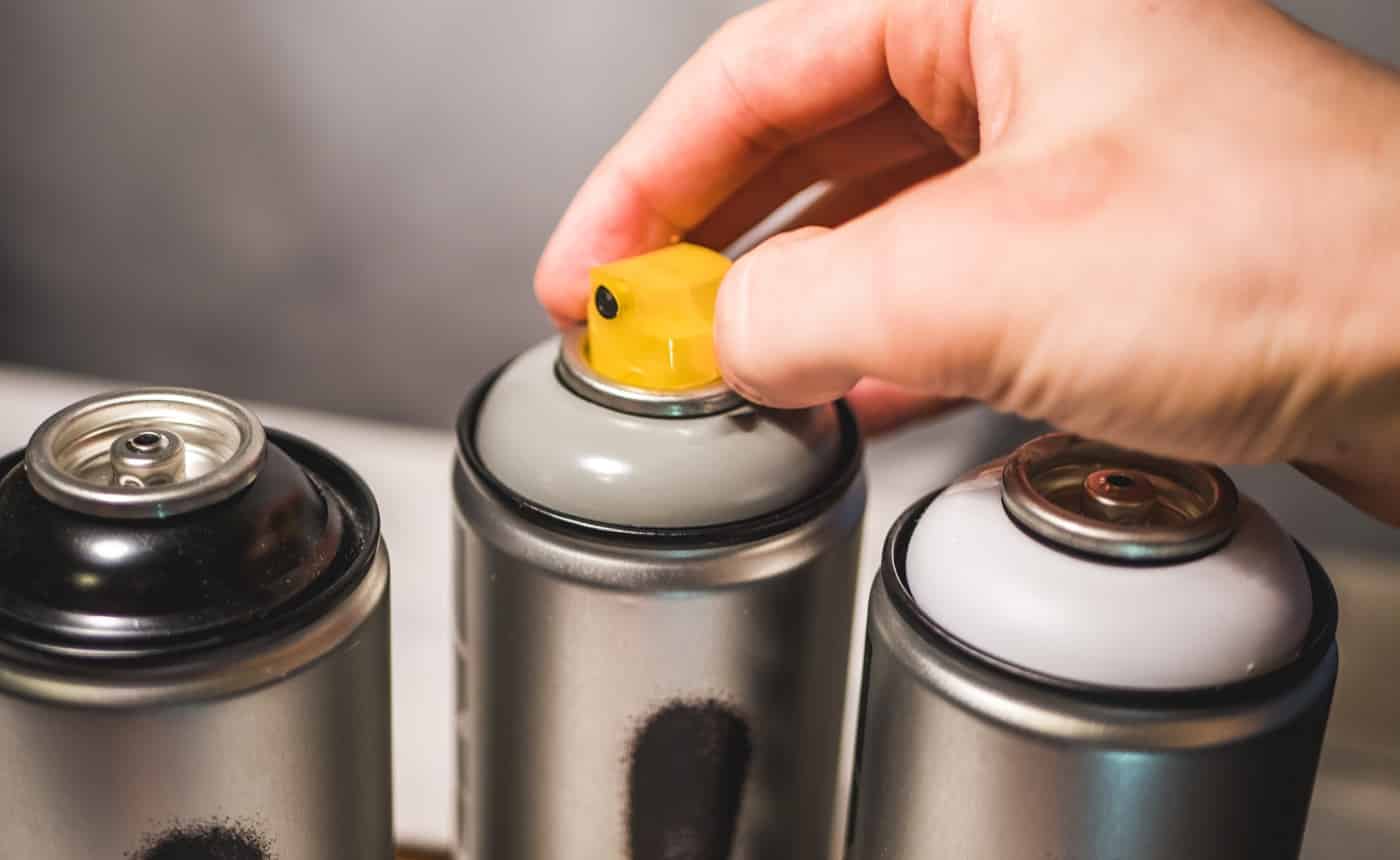
What’s wrong with plastic paint thinner?
Paint thinners contain very concentrated substances that can damage the plastic. When working with plastics, it is important to understand which substance can work with which material. Therefore, before using paint thinners, pay attention to the type of plastic, if it is thick and dense enough, you can take a chance and use it, but you have to be very careful. This also applies to lacquer thinner.
Answers to frequent questions
A lot of questions arise when removing paint from plastic, so I thought I’d give answers to the most popular ones. You really need to know all the nuances to know how to remove paint from plastic without difficulty and damage.

A lot has already been said during the method breakdown, but let’s focus on the following questions:
How do I remove spray paint from plastic?
The methods listed above will work for all types of paints, including remove spray paint from plastic, only some methods need to pay attention on a few reasons.
The reason why remove spray paint can be easier on the one side is because it is a thinner layer, so it is easier to remove spray paint from plastic.

Take care! For the same reason, a thin film of spray paint can allow paint thinner or other chemicals to get to the plastic surface faster and damage it when you remove spray paint from plastic, so be careful with the condition of the paint during soaking. Care should also be taken when scraping as it’s very easy to scratch the surface and there’s nothing you can do about it later.
How to remove paint from plastic used others agents?
In addition to the above, the following chemical formulations are used:
- 20 % caustic potash or caustic soda solution (50 % caustic soda solution is allowed), with an exposure time of 4-5 hours;
- Mole brake fluid – gel for removing blockages in pipes;
- Methanol.
When using methanol, it is important to remember its strong toxicity and to wash the surface well after treatment.
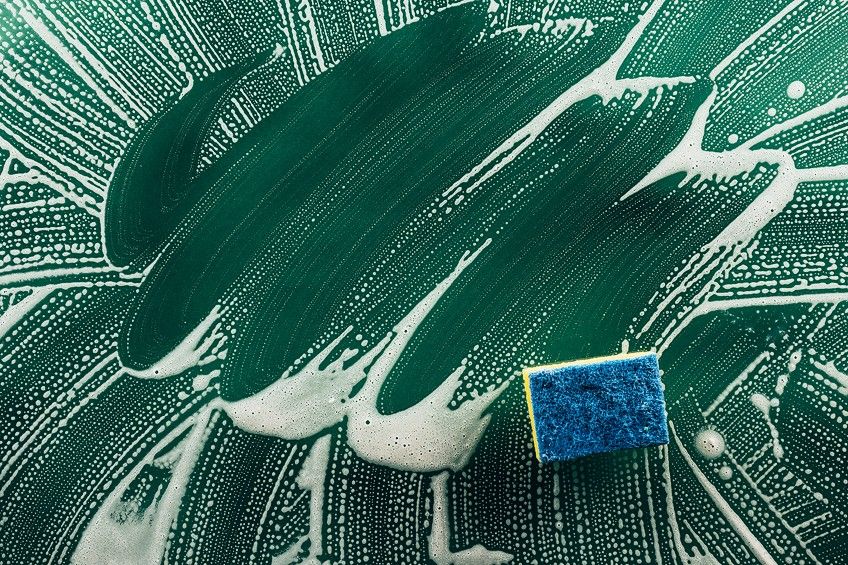
Do I need to wipe the surface after removing the paint from the plastic?
Yes, this step is actually very important for reasons such as removing residues of the paint strippers and dried paints.
All you need for this is water with soap and a cloth. You don’t need to use any alcohol or paint removers, soap and water will do the job just fine.
Pay attention to the choice of rag. It should be soft and preferably lint-free. Remember that you are working with plastic, which can easily be damaged, and a rigid cloth can easily do this.
Would a thermal method of stripping paint from plastic be suitable?
No, this method is suitable to strip paint from many materials, but not for plastic. This material should be handled very carefully and every step should be thought through to what it might lead to.
Plastic is not a heat-resistant material, so it can easily be damaged or deformed by high temperatures.
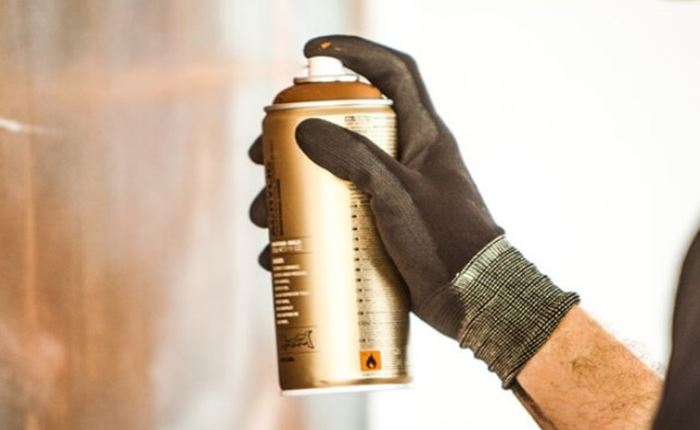
How long does it take to remove the paint?
The time it takes to remove paint from plastic depends on the method you choose. If it is a manual method of scrubbing or scraping, it will take a lot of time and effort. If it is the soaking method, however, the time is short, while the paints are soaking you can go about your business and then come back and just rinse off the paint residue from the plastic.
What do I do if I damage the paint when removing the paint?
You have to be careful when working with plastic because it is very difficult to cover up a scratch on plastic.
People’s remedies are unlikely to eliminate them. Industrial variants of compositions or special technologies are used here.

Deep scratches can be removed by filling them with pre-cooked, the same liquid plastic. An important detail: the repair laminate must be exactly the same as the base material. A small piece should be preheated to a liquid state. Rub the liquid substance into the damaged area. Once traces have disappeared, treat the surface with a polish. Incidentally, a single crack can be removed by soldering it with a soldering iron.
A commercially available product called Displex works effectively in repairing this defect. It contains plastic particles, which will fill deep scratches when rubbed in. According to the instructions, it should be rubbed in for at least 2 minutes with a dry, soft material. It may be necessary to repeat this several times.
Not all deep scratches can be repaired by yourself. In some cases, it may be necessary to seek professional advice.

Conclusion
I hope this article was useful and you are satisfied after reading it, because in the article you were able to find a lot of information about how to strip paint from plastic, consider many options for methods and choose the appropriate for yourself. This information is very useful because dry paint very quickly and even accidentally spilled paint dries instantly and you need to know how to remove it from unwanted areas.
With the help of the article determine the type of your plastic, read all the nuances mentioned in the article and get to work. Only by following the rules will you achieve the desired result.
Good luck with your work! How To Cure Spray Paint Fast?How to spray paint plastic bins

Matthew Edward is a professional painter who loves to paint and wants to share useful tips and tricks which he had learned in many years of experience in painting. He also used many products that can be used for painting he has tried and tested each and every product to give an unbias opinion about it in his review. This blog is very useful for those newbies who want to learn painting without making mistakes.







